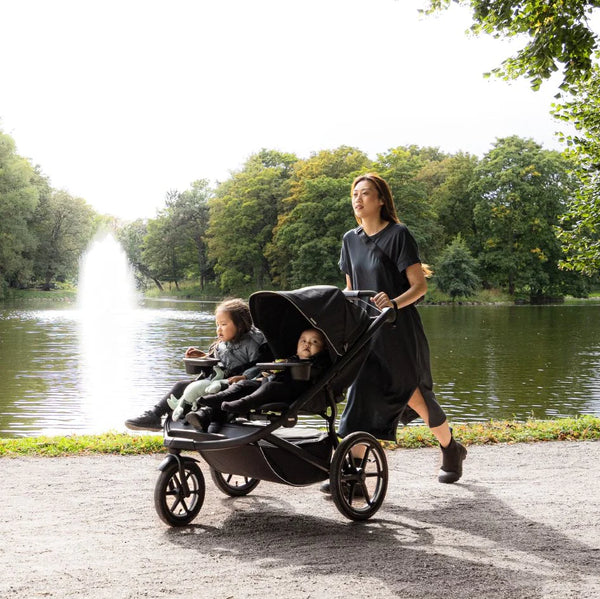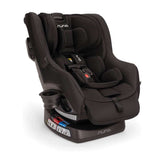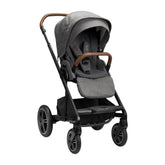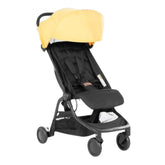How Thule Stroller & Bike Trailers Are Safety Tested

Keeping their little ones safe in strollers and bike trailers is a parent’s top priority, and Thule takes this responsibility seriously. At Thule, safety isn't just a feature—it's embedded in every step of their product development. Let’s take a closer look at the rigorous testing and thoughtful design behind Thule strollers and bike trailers and why they’re a reliable choice for parents around the world.
Thule Stroller Safety: Rigorous Testing and Standards
How Do I Know If My Thule Stroller Is Safe?
Thule goes above and beyond to ensure its products meet the highest safety standards. At the Thule Test Center™ in Hillerstorp, Sweden, products undergo a series of extreme tests to ensure they can withstand the toughest conditions. These tests include exposure to extreme temperatures, UV radiation, and harsh chemicals. Products are also subjected to durability tests on rough terrain, impact tests, and stability tests to ensure they remain upright and secure under various conditions.
Are Thule Strollers Non-Toxic?
Thule ensures that all materials used in their strollers are safe for children. The textiles used in Thule strollers are OEKO-TEX® certified, which means they are free from harmful substances. Additionally, Thule follows a strict Restricted Substances List (RSL) to ensure that no harmful chemicals are present in their products.
When Can a Baby Ride Safely in a Thule Stroller?
For newborns, a stroller must provide adequate support for the baby's head and neck. Thule offers accessories such as the Thule Shine Bassinet, which can be added to a Thule Shine stroller. These accessories create a cozy, lie-flat surface approved for use with newborns. Most babies can sit in a stroller around 5 to 7 months old, once they can hold their head up independently. Always consult with your pediatrician if you are unsure about the right time for your baby.
Can You Run Safely With a Thule Stroller?
Yes, most Thule strollers are designed for active parents who want to maintain an active lifestyle. For jogging, it is recommended to use the Thule Infant Sling or the reclining seat position (if available) with a Thule Baby Supporter. Parents can start jogging with their child at six months, sticking to smooth paths until the child is at least one year old.

Thule Bike Trailer Safety: Built for Adventure
How Safe Are Thule’s Baby Bike Trailers?
Thule bike trailers are designed to transport one or two children, with a maximum weight of about 49 lbs (or 22 kg) per child. Parents can start cycling with their child once the child can sit upright unaided, typically around 10-12 months old. It's essential to consult a pediatrician if the child is under one year old. Children must always wear a helmet when riding in a bike trailer.
When Can a Baby Go in a Thule Bike Trailer?
The appropriate age for using a Thule bike trailer depends on the activity. For cycling, the child should be able to sit upright independently, usually around 10-12 months. For jogging, parents can start at six months using the Thule Infant Sling or in the reclining seat position with a Thule Baby Supporter. For cross-country skiing, parents can start at six months on groomed trails.

How Thule Tests Their Products
Thule Test Center™: Extreme Testing for Ultimate Safety
At the Thule Test Center™, products are subjected to rigorous testing to ensure they meet and exceed safety standards. Engineers and technicians simulate real-world conditions to test the durability, stability, and safety of Thule products. This includes loading bike carriers with twice the recommended maximum weight, exposing products to extreme temperatures and chemicals, and conducting over 100 crash tests annually. These exhaustive tests ensure that Thule products can withstand the harshest conditions, giving parents peace of mind.
The Thule Test Program™
The Thule Test Program™ encompasses over 25 "Thule standards" that far exceed current ISO standards. This program ensures that every product bearing the Thule logo has been tested to the limit and beyond. By subjecting prototypes to both lab and real-world testing, Thule ensures that their products are not only safe but also durable and reliable.









